It’s easy to assume that if a home feature is popular, it must be here to stay—but that’s not always the case. As building codes evolve, municipalities shift priorities, and climate concerns grow, certain once-coveted features are quietly being banned from new housing developments across the country. From fire risk to water waste to community aesthetics, the reasons for these bans are often practical—but that doesn’t make them any less surprising. If you’re dreaming about your future forever home, you might want to double-check that your wishlist isn’t already outdated.
1. Gas stoves
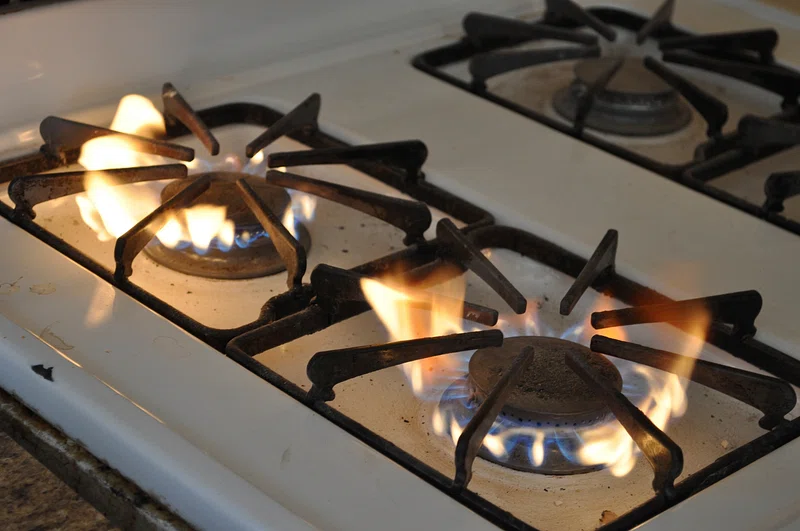
Gas stoves have long been a favorite among home chefs, but many cities are phasing them out. As The New York Times reported, places like Berkeley, California, and New York City have already passed laws banning natural gas hookups in new buildings due to climate and health concerns. It’s part of a wider push for electrification, which is seen as a cleaner and safer alternative. The concern isn’t just about emissions—indoor air quality is also at stake.
This shift has sparked a national debate, especially among those who love cooking with an open flame. But if you’re building a new home in one of these progressive municipalities, a gas stove may not be an option at all. Induction ranges are gaining popularity as replacements, but the change still feels jarring for traditionalists. Expect to see more areas adopting similar bans in the years ahead.
2. Large lawns

Expansive green lawns once symbolized suburban success, but water scarcity is changing that. According to NPR, states like Nevada and cities across the Southwest are placing restrictions or outright bans on nonfunctional turf in new developments to preserve water resources. In Las Vegas, for example, it’s now illegal to plant grass that serves no recreational purpose. Xeriscaping—using drought-tolerant plants and gravel—is quickly becoming the new standard.
Beyond water use, traditional lawns also require pesticides, fertilizers, and frequent mowing, all of which carry environmental costs. New developments in arid regions are prioritizing sustainable landscaping over aesthetics. It might mean fewer lush front yards, but it could save millions of gallons of water annually. Homebuyers will need to rethink curb appeal in a hotter, drier world.
3. Wood-burning fireplaces
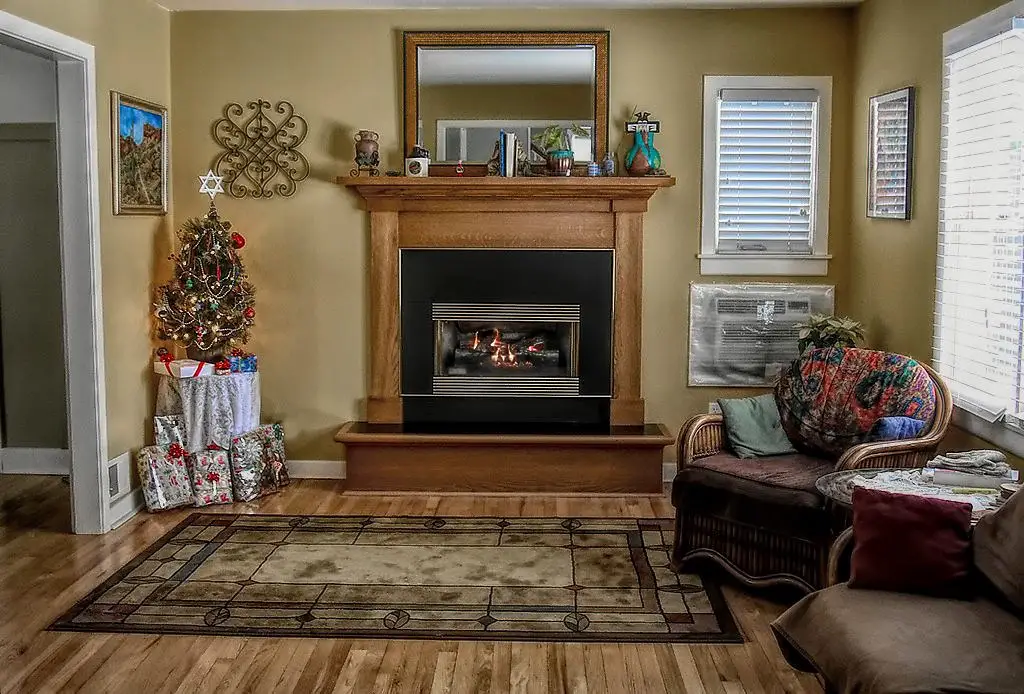
That cozy fireplace might be romantic, but many places are banning them for the sake of air quality. The EPA noted that areas like California’s Bay Area and even parts of Colorado are placing strict limits—or full bans—on wood-burning fireplaces in new construction. The smoke contributes significantly to fine particle pollution, especially during the winter months. In response, developers are being nudged toward electric or gas alternatives.
It’s a hard pill to swallow for fans of a crackling fire, but the shift is about public health. For regions battling smog and seasonal air advisories, eliminating one major source of pollution makes sense. While gas or electric models can mimic the look, they lack the ambiance of real logs. Still, expect to see fewer chimneys dotting the skyline in newer neighborhoods.
4. Septic systems
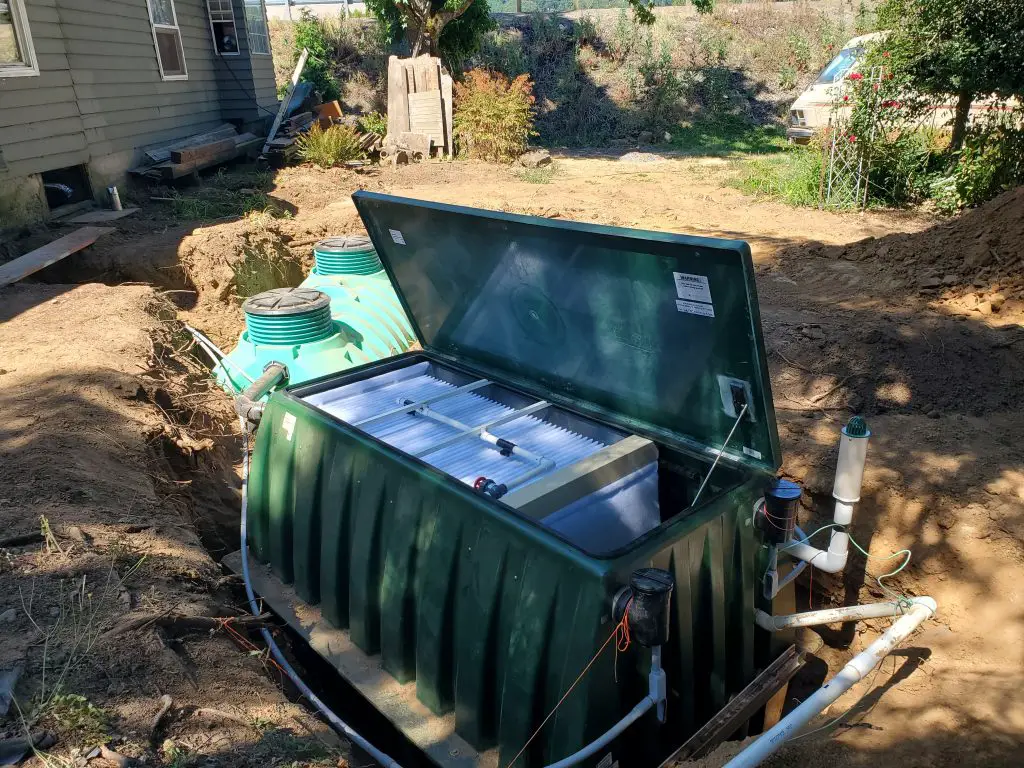
While septic systems are still common in rural areas, many growing municipalities are banning them in new subdivisions. As explained by The Washington Post, expanding communities are requiring new homes to hook into municipal sewer systems to prevent groundwater contamination and better manage waste. Older septic systems can fail over time and require expensive maintenance, creating long-term infrastructure issues. New developments are seen as an opportunity to modernize waste management altogether.
Homebuyers might not think much about sewage, but it plays a big role in local regulations. If you’re hoping to build on the outskirts or go off-grid, you may run into roadblocks. Even composting toilets face legal hurdles in many counties. It’s worth checking with the local planning office before making any assumptions.
5. Dark-colored roofing

Dark shingles absorb more heat, and in areas with rising temperatures, that’s becoming a problem. New codes in several states now discourage or outright prohibit dark roofing materials in favor of lighter, reflective “cool roofs.” These lighter materials reflect more sunlight and help reduce the urban heat island effect. It’s a small change with big implications for energy efficiency.
If you’ve always loved the look of a sleek black roof, you might have to compromise. Builders in places like Arizona and parts of Texas are already being encouraged to adopt reflective roofing standards. The goal is to lower cooling costs and reduce strain on local power grids. It’s one of many ways climate change is reshaping aesthetic preferences.
6. Drive-through garages
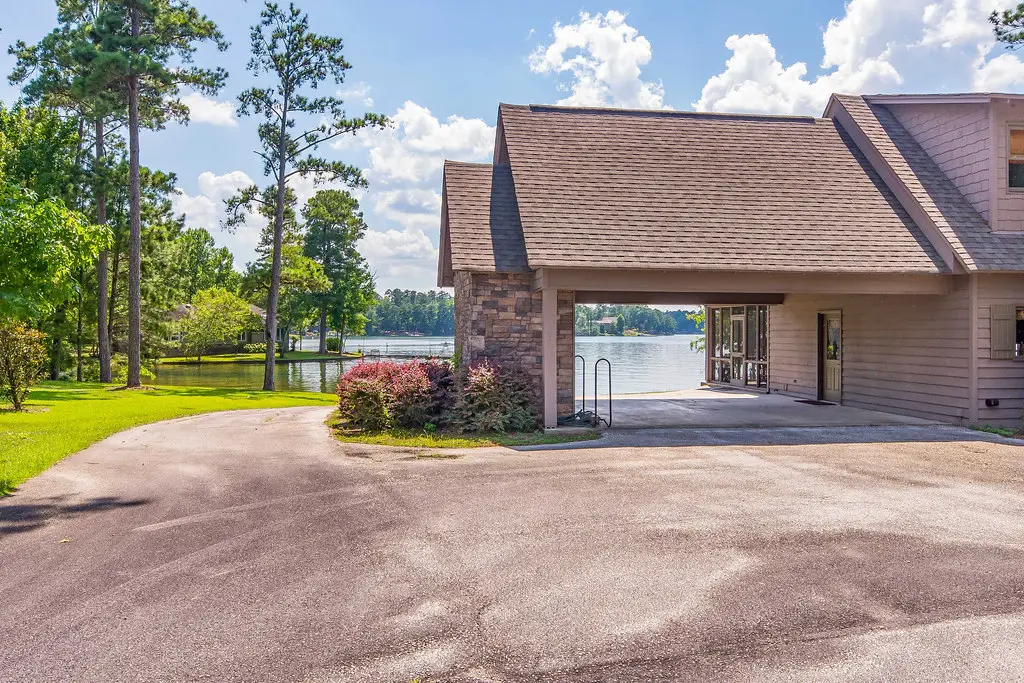
In some master-planned communities, especially those focused on walkability, garages that exit onto the main road are being phased out. Developers want cleaner, more pedestrian-friendly streetscapes, and front-facing garages interrupt that flow. Instead, rear-access garages via alleys are becoming the new normal. This change encourages community interaction and puts more emphasis on porches and landscaping.
It’s a design shift that prioritizes aesthetics and social cohesion over convenience. But it might not work for every family—especially those with multiple cars or limited street access. If you’re moving to a development with strict design covenants, you might not get a say. Always read the HOA rules before buying a lot.
7. Backyard fire pits
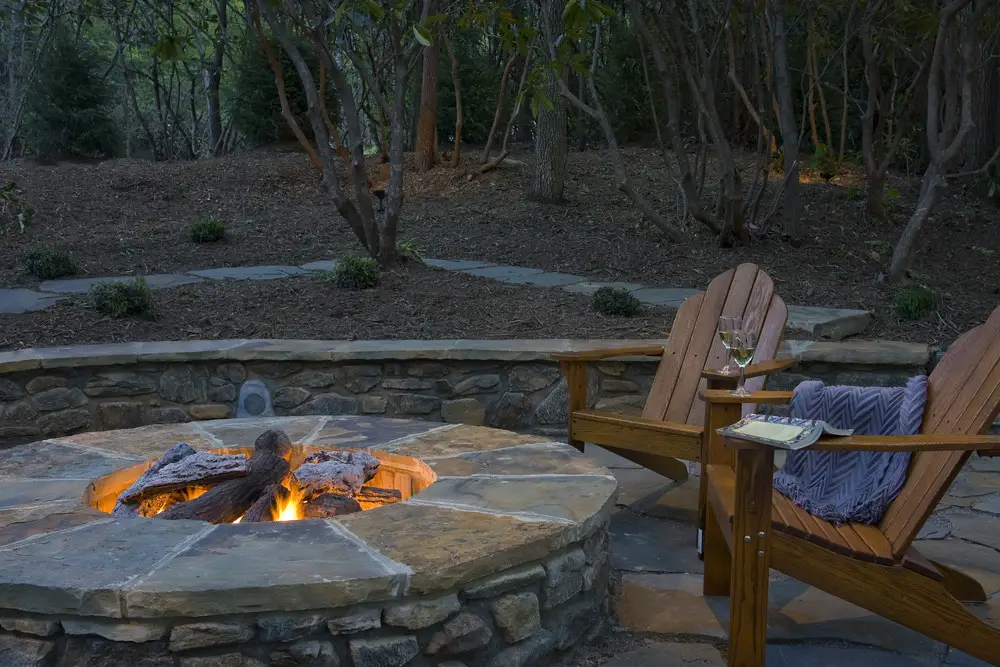
Open fire features, once a staple of suburban entertaining, are getting restricted in fire-prone areas. Counties across California, Oregon, and Colorado are banning backyard fire pits in new developments as wildfire risk escalates. Even gas fire pits are being scrutinized due to their potential to spark accidental blazes. Local fire codes are tightening, especially in wildland-urban interface zones.
For many, this feels like losing a little bit of weekend joy. But in high-risk zones, safety trumps s’mores. If your dream home includes a built-in fire feature, check local restrictions before investing. You may be limited to tabletop propane models—or none at all.
8. Private wells
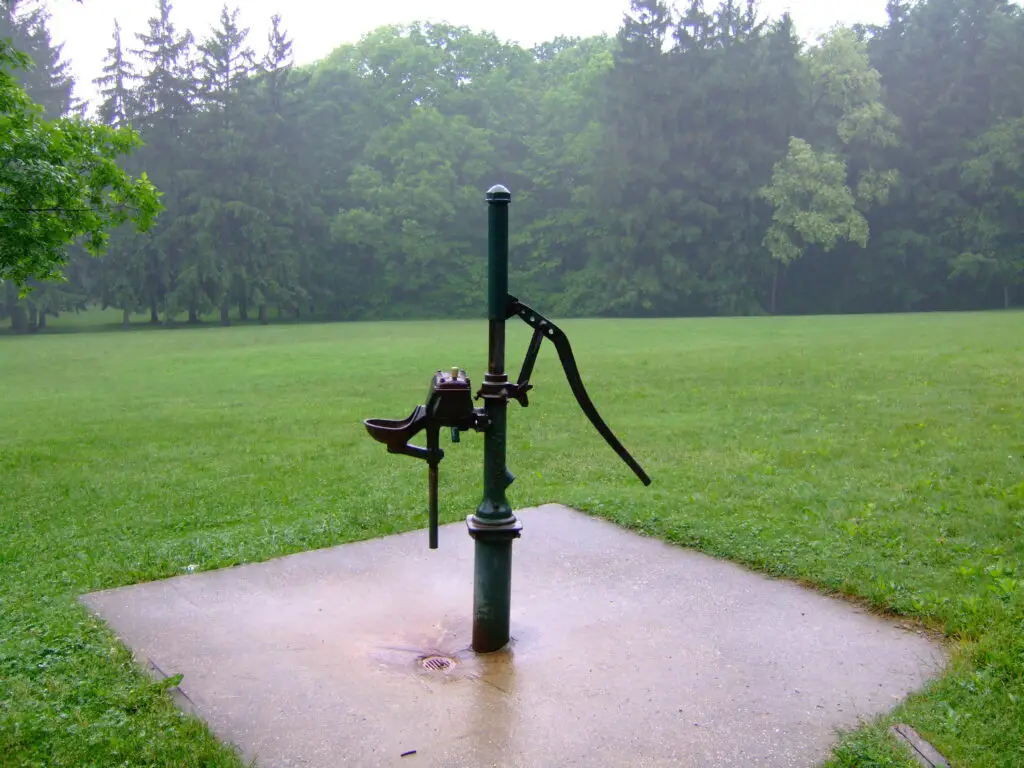
In regions facing drought or groundwater depletion, private wells are being phased out in new builds. Municipalities are moving toward centralized water systems to better monitor and manage supply. Private wells, while once seen as independent and cost-saving, now raise concerns about long-term sustainability. Some states have capped new well permits entirely.
If your vision includes drawing your own water, you may be out of luck. Even areas that once welcomed wells are starting to restrict depth and drilling rights. For buyers prioritizing self-sufficiency, this could be a major disappointment. But with climate concerns mounting, shared infrastructure is winning out.
9. Chain-link fencing
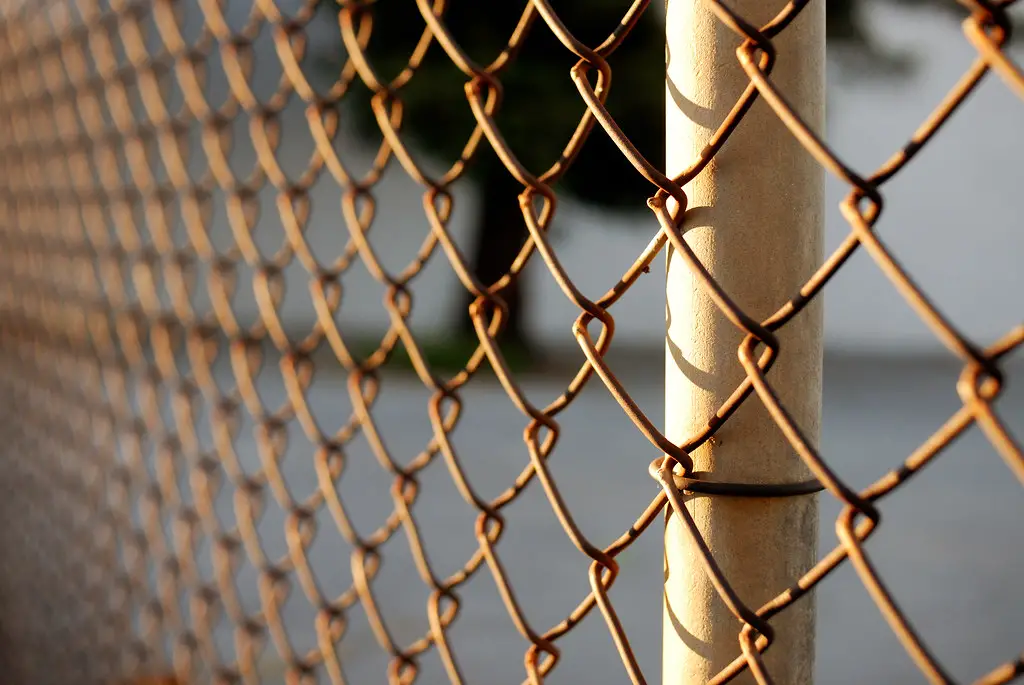
It might be cheap and durable, but chain-link fencing is disappearing from newer subdivisions. Many homeowner associations and planned developments have banned it outright in favor of wood, vinyl, or wrought iron alternatives. The main reasons? Aesthetics and resale value.
Chain-link is often associated with industrial or older properties, and developers want new homes to look polished and uniform. If you were planning a quick and affordable perimeter, you might need to rethink. In many places, the ban applies not just to front yards but backyards, too. Expect more decorative fencing in the suburbs going forward.
10. Large bathtubs
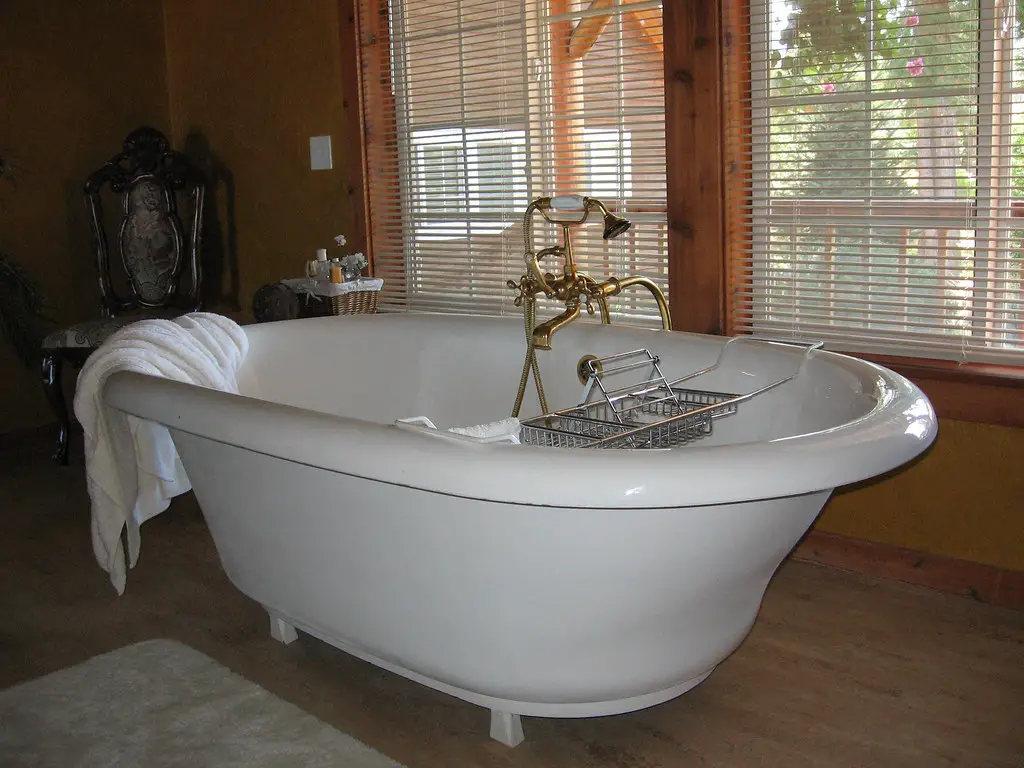
Once seen as a luxury, oversized bathtubs are now being ditched for showers and more efficient floor plans. They use a lot of water and take up space that many homeowners would rather use for storage or double vanities. Builders are responding by offering spa-like showers instead of jetted tubs. The shift is practical but signals changing buyer priorities.
Even upscale new homes are starting to leave out the classic garden tub. If you’ve moved with one for years and always assumed it was a must-have, think again. Today’s buyers are more likely to ask about water-saving fixtures than soaker tubs. Less splash, more substance.
11. Bonus “flex” rooms
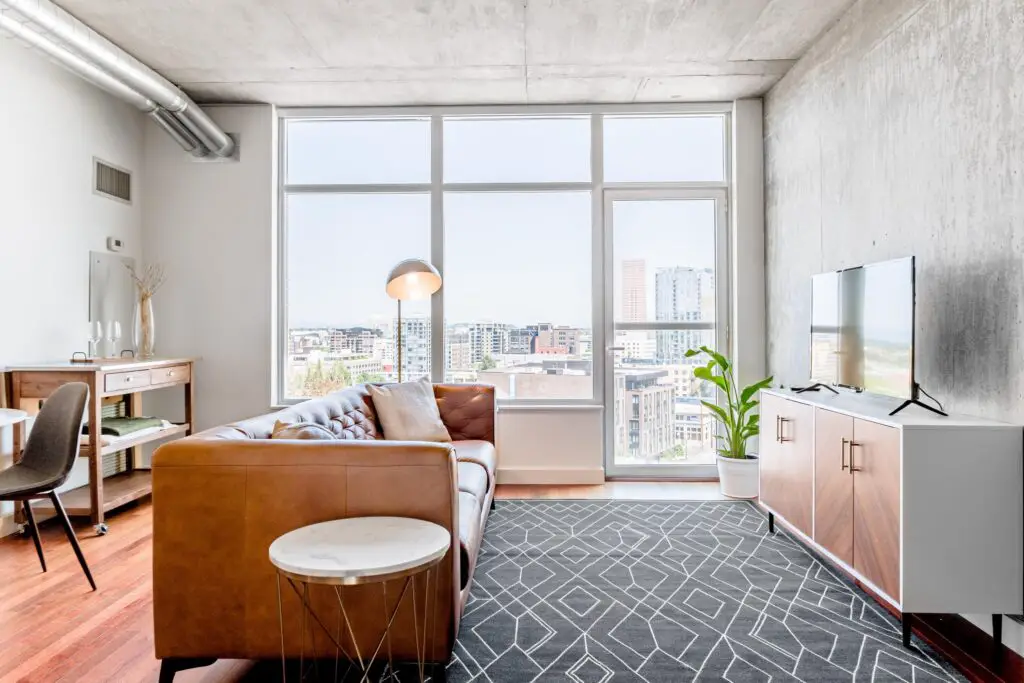
While having an extra space used to be a major selling point, zoning codes in some areas are tightening up what counts as a bedroom or office. Developers are finding that open-concept “bonus rooms” don’t always meet modern insulation or window requirements. Plus, in smaller urban infill projects, maximizing efficiency is a higher priority. More homes are being built with defined-purpose rooms rather than nebulous “do-it-all” areas.
That doesn’t mean flex rooms are gone completely—but their design is changing. Instead of undefined spaces, builders are creating rooms that can be easily converted with minimal changes. If you want that fourth-bedroom-turned-pilates-studio, you might need to work with a custom builder. The era of open, undefined extra rooms is narrowing.
12. Oversized driveways
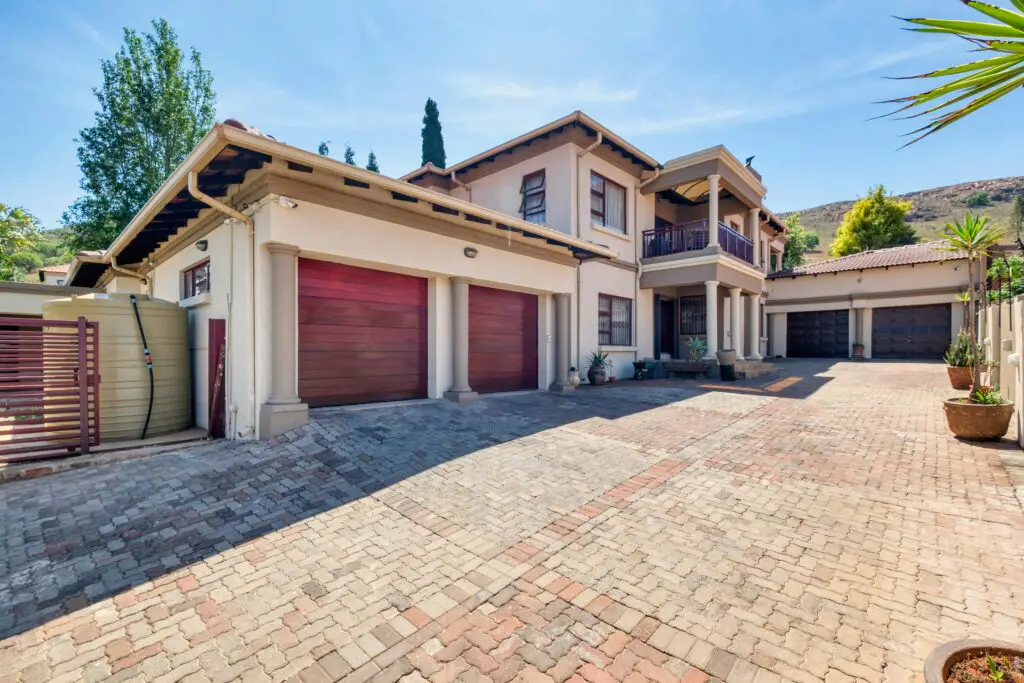
You may love having space for four cars in the driveway, but new developments—especially in dense suburbs—are limiting that hardscape. Oversized driveways contribute to runoff problems and reduce green space. Some cities now cap the percentage of a front yard that can be paved. This is part of a broader push for sustainability and smarter stormwater management.
The idea is to prioritize permeable surfaces and minimize heat retention. If you’ve got a car collection, it might be time to invest in vertical storage or rethink your parking situation. More communities want lawns and plantings, not a concrete front yard. Your future HOA might not allow that extra-wide slab, even if it fits your vehicles perfectly.
